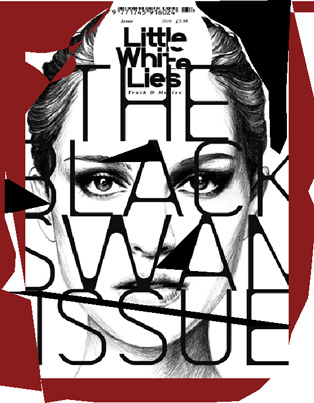History of Designers
Fred Woodard- His style can be described as expressive and eccentric. Woodard kept Rolling Stone fresh and relevant with every new spread that came out, which was almost 400 issues. “Woodward and his talented staff have set a new standard for what editorial design can be, in what must be one of the longer hot streaks in magazine design history. Surveying his work, one is struck not just by its formal beauty and appropriateness, but by the sheer virtuosity of its design responses.”
—Michael Bierut, The New Edition of Design Exchange

Gail Anderson- She appreciably contributed to the widespread eclectic typographic fashion that prevailed throughout the 1990s but never fell into a style trap. For much of her tenure at Rolling Stone, working with art director (and AIGA Medalist) Fred Woodward, she fine-tuned her typographic expressionism in a cramped office filled floor to ceiling with all kinds of stimulating scraps, devising quirky letterforms out of traditional and untraditional materials, from hot metal and wood type to twigs and bottle caps. From this typographic wellspring came an ever-expanding vocabulary of signs and symbols, methods and mannerisms that, in turn, influenced a slew of designers who followed (and at times copied) her graphic eccentricities.
Tibor Kalman- Kalman became founding editor-in-chief of the Benetton-sponsored Colors magazine in 1990. In 1993, Kalman closed M&Co and moved to Rome, to work exclusively on the magazine. Billed as 'a magazine about the rest of the world', Colors focused on multiculturalism and global awareness. This perspective was communicated through bold graphic design, typography, and juxtaposition of photographs and doctored images, including a series in which highly recognizable figures such as the Pope and Queen Elizabeth were depicted as racial minorities

Alexi Brodovitch- Alexey Brodovitch is remembered today as the art director of Harper's Bazaar for nearly a quarter of a century. But the volatile Russian emigré's influence was much broader and more complex than his long tenure at a fashion magazine might suggest. He played a crucial role in introducing into the United States a radically simplified, “modern” graphic design style forged in Europe in the 1920s from an amalgam of vanguard movements in art and design. Through his teaching, he created a generation of designers sympathetic to his belief in the primacy of visual
freshness and immediacy.
Neville Brody- As the Art Director of Fetish he began experimenting with the beginnings of a new visual language that consisted of a mixture of visual and architectural elements. Later he was able to put these ideas into practice and to set new precedents through the innovative styling of The Face magazine (1981-1986). It was his work on magazines that firmly established his reputation as one of the world’s leading graphic designers. In particular, his artistic contribution to The Face completely revolutionised the way in which designers and readers approach the medium. Though Brody rejected all commercialisation of his graphic style, his unique designs soon became much-imitated models for magazines, advertising and consumer-oriented graphics of the eighties.


David Carson- Typography spun into a whirling end-of-century gyre in the 1990s, and David Carson was at its center. The incendiary pages of Ray Gun magazine inflamed the eyes and minds of countless young designers who sought to tap into the freedoms unlocked by his bold new style. Carson shaped everything in his path for his own purposes, endlessly contorting type, layout and grid into new configurations and abandoning design’s established truths of order and legibility. He represented a new breed of visual author.




